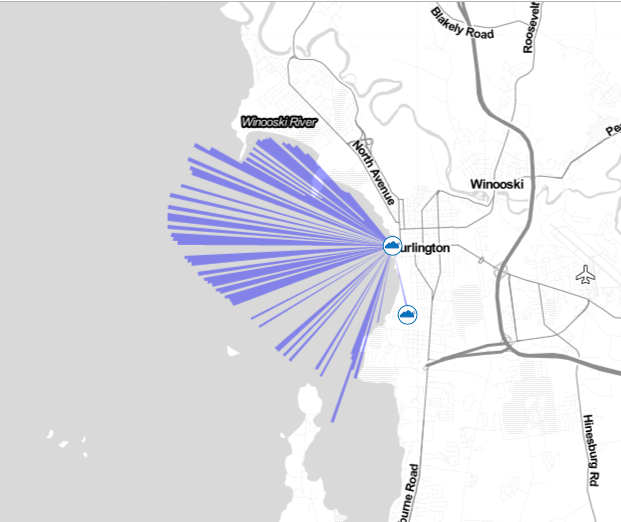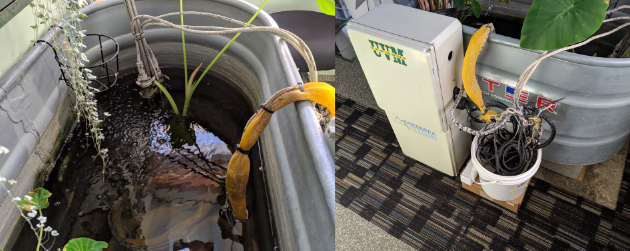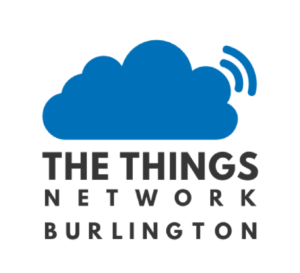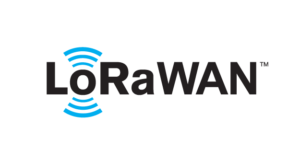Burlington Waterfront Network
In the summer of 2019, we teamed up with UVM’s Rubenstein Ecosystem Science Laboratory and installed a LoRaWAN gateway on the ECHO Center building to expand our waterfront monitoring capacity. The main benefit of this technology is that we are able to collect data from remote monitoring devices with minimal bandwidth. This enables a cost-effective way to integrate water monitoring of Lake Champlain with Internet-of-Things (IoT) technologies.
The network uses a long range low power technology called LoRaWAN, which operates on a radio frequency spectrum at 915MHz in the US. The low power nature of the technology means that a sensor can operate up to several years with a small battery. Long range means that this sensor can be placed up to 10km away from a gateway that receives the signal. This combination is perfect for environmental sensing, say on that big lake we all enjoy.
We have established several gateways near the waterfront, which are connected to a data transport and processing system called The Things Network. Anyone with a LoRaWAN IOT device can use this network for free. We currently have gateways located at the IOT Conduit, the Leahy Center for Lake Champlain, and at the Generator makerspace. This gives us great coverage on and around the Burlington waterfront.
Range Testing
To test the range of the gateway, we build a device that collects GPS coordinates and LoRa signal strength, and headed out on the lake to collect data.

This is a map of the range data we gathered, using a website called ttnmapper.org to render the results.
This image represents the data we collected in a three hour boat ride, and is not the limit of this gateway.

Use Cases
Remote Water Testing Buoy Platform
In October 2019, we hosted a Build-a-Buoy Workshop as part of our ongoing Vermont Smart Water Initiative. We began work rehabilitating a scientific buoy and fitting it with a variety of sensors to connect to a LoRaWAN radio. We plan on getting it out into the lake after the thaw in the spring.

Indoor VOC Monitoring
The Generator makerspace has a policy against the use of products that contain volatile organic compounds (VOCs). A MCCI 4460 air quality sensor is being used to collect real time data and alert on the presence of these compounds. The data is forwarded from The Things Network to Amazon Web Services for storage and analysis.


